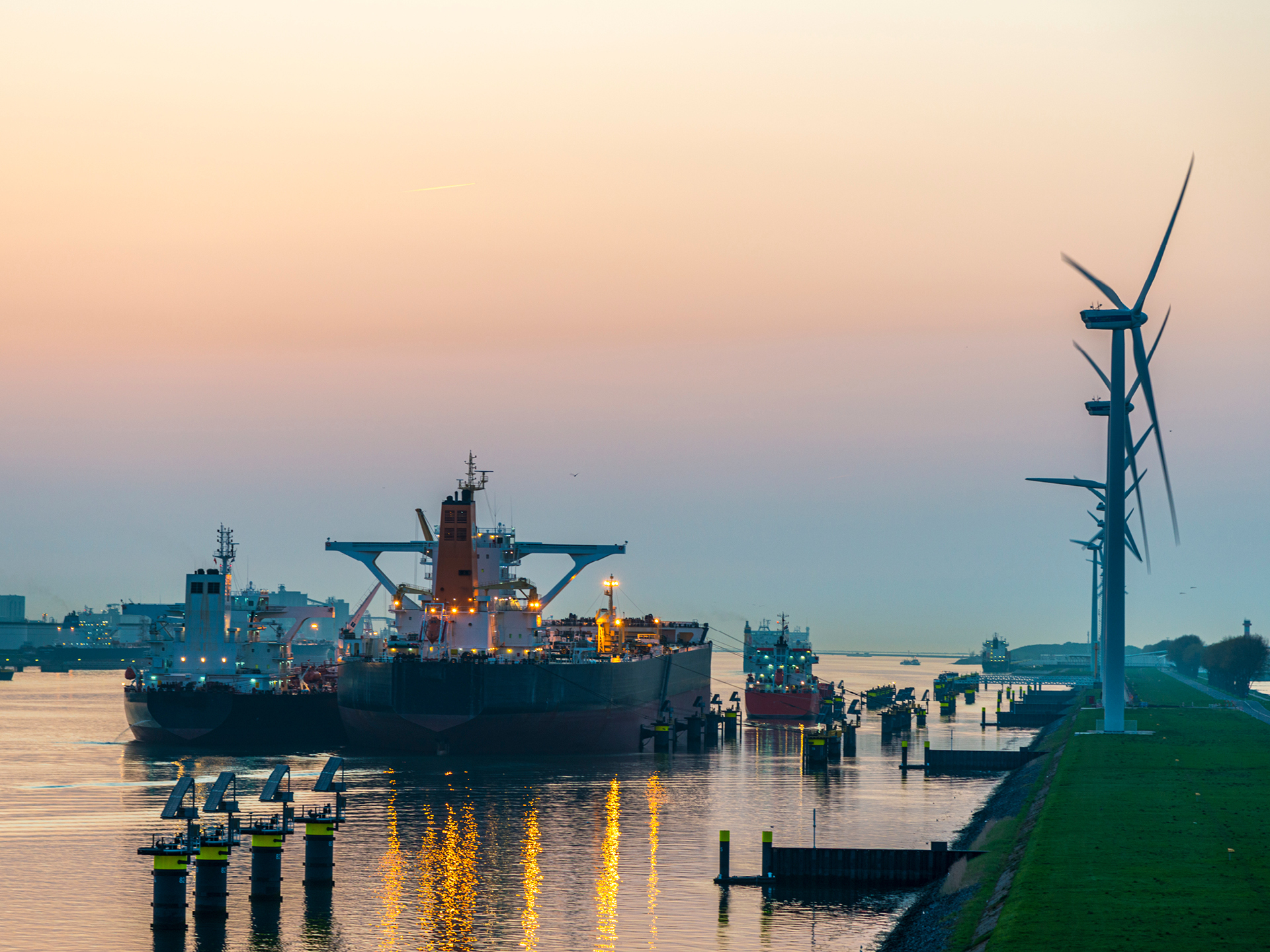Mapping options for Green Shipping Corridors can be done in seven easy steps
A new, free step-by-step blueprint gives guidance on how to perform the initial pre-feasibility assessment of potential green corridors. The framework is based on learnings from existing corridor projects and this tool provides a structured approach to collecting the necessary data and making the right analyses. The Blueprint is created as a contribution to the Green Hydrogen Catapult initiative by Rocky Mountains Institute and the Mærsk Mc-Kinney Møller Center for Zero Carbon Shipping.
Green corridors are key enablers of the green transition in shipping. Once operational, green corridors will:
Contribute to the development of alternative fuel supply chains and offtake agreements
Speed up the scaling process by offering real life demonstration of solutions and technologies
Unite individual first mover actions across the value chain and develop new business models
CO2 emission abatement is the obvious goal in any green corridor, but the right way to achieve it can look very different based on the region and that makes the initial phase critical. In some regions the most the availability of specific fuel might make a certain vessel segment the most relevant to look at while in others it can be secondary attributes, like availability of local workforce, infrastructural development opportunities or the opportunity to increase technical insights.
A green shipping corridor is a collaborative effort, and the Pre-Feasibility Blueprint makes it easier to facilitate the needed dialogue between all parties to get a green corridor initiate. The Blueprint kit consists of a seven-step guide that takes the initiator(s) through the required considerations around fuel supply readiness, port and infrastructure requirements, regulatory support, and cost calculations. Based on this data the blueprint offers selection criteria for potential green corridor projects that should be explored further.
Along with the guide comes a toolbox in excel with readymade, prepopulated tables and tools. This allows project owners to make calculations and overviews based on local data that will fast track decisions on how to proceed with the project. You can download the guide and toolbox below.
Introduction
The Clydebank Declaration was launched at COP26 to facilitate rapid decarbonization of the shipping industry. Its signatories support establishing "green shipping corridors – zero-emission maritime routes between two (or more) ports" with an intent to establish at least six corridors by 2025 and "many more" by 2030.
Once operational, green corridors will:
Contribute to the development of alternative fuel supply chains, offtake, and lead to reduced cost.
Address current cost-gaps and propose / develop measures to overcome these gaps
Unite individual first mover actions across the value chain and accelerate decarbonization processes in a specific geographical area
Green corridors in short: Green corridors bring together first movers to share risk.
The collaborative nature of green corridors creates a space for pre-competitive testing and commercial trials of technologies and market solutions. The experience of planning, implementing, and operating green corridors is also valuable for informing and accelerating the development of effective regulation and in general remove some of the uncertainties and risks faced by first movers. Furthermore, the 'ring-fenced' partnership approach (e.g., consortium) between public and private players promotes collaboration across the supply chain and sharing of costs and benefits.
To reap the benefits and meet the high ambition level of the Clydebank Declaration, it is paramount that green corridor maturation is done by as many companies / organizations as possible. To accelerate the generation of green corridors, the Mærsk Mc-Kinney Møller Center for Zero Carbon Shipping and selected partners have developed blueprints for both the pre-feasibility and the feasibility phase. These blueprints serve as ready-to-use guides for any stakeholder involved or wanting to get involved in green shipping corridors.
Green corridor project development phases: Key definition and activities for the early phases of Green Corridor Maturation
